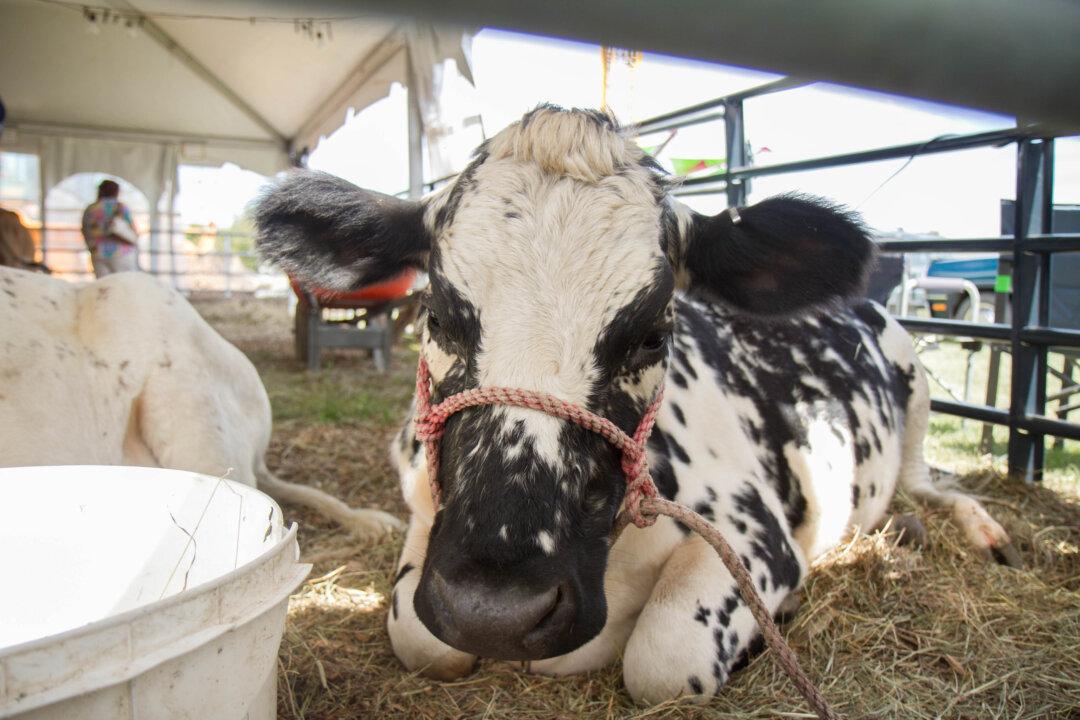WASHINGTON—Investigative reporting has proved invaluable in promoting transparency and accountability and has exploded worldwide over the last decade.
It has been supported by some governments—including American funding through the United States Aid For International Development (USAID) and the State Department—and by nonprofit organizations, which see it as a vehicle to fight corruption and promote democratization and the rule of law.
Nonetheless, investigative reporting receives only 2 percent of global media development money. Most funding goes to basic media training and operation, not toward providing the skills and resources for really digging into issues and uncovering important information.
“Investigative reporting is extremely difficult,” said Drew Sullivan, speaking at forum on supporting investigative journalism around the world in Washington, D.C., on Jan. 16. “It takes decades for someone to become a good investigative reporter,” he said, adding that one cannot master the skills in a three-day training session.
Sullivan is a veteran journalist and media development specialist, who designed and directed the Center for Investigative Reporting (CIN) in Bosnia-Herzegovina, an independent, regional investigative news organization.
David Kaplan, a veteran investigative journalist who also spoke at the forum, described investigative reporting as “systematic, in-depth,” typically using “primary sources,” “original research,” and “rigorous fact-checking.” It often involves the unearthing of secrets and heavy use of data. There is a “long tradition of focusing on social justice and accountability,” he said.
Kaplan is currently director of the Global Investigative Journalism Network (CIMA), an association of more than 70 organizations in 35 countries that support investigative reporting.
Nonprofits Increasing Support
Nonprofit investigative reporting organizations have played a key role in the global spread of investigative journalism. In 2007, CIMA identified 39 nonprofits—reporting centers, training institutes, professional associations, grant-making groups, and online networks—in 26 countries. By 2012, the number had increased to 106 in 47 countries.
The largest investigative journalism nonprofit in the United States is ProPublica, with a 2011 budget of over $10 million. The Center for Investigative Reporting and the Center for Public Integrity have budgets just over $5 million.
In the 1970s, there were maybe three such nonprofits. The first one, Fund for Investigative Journalism started in 1969 with funding local journalists. The first recipient was Seymour Hersh who investigated the My Lai massacre in Vietnam and won a Pulitzer Prize for the story.
Those Who’d Rather Facts Remain Buried
A challenge faced by nonprofits trying to facilitate investigative reporting locally, Sullivan said, is that many newspaper owners have political interests. “A very strong percentage of the publications around the world have a direct political or organized crime connection and so there is little incentive to do [exposés].”
Kaplan wrote in “Empowering Independent Media” that investigations had found that “as many as a half of the media owners in Bucharest, Romania, had been under investigation for racketeering or money laundering.” Sullivan told him in an interview that the Bosnia center had documented a similar pattern.
“Such owners are unlikely to sponsor workshops on how to investigate crime and corruption, or allow their editors to run hard-hitting stories on local abuses of power,” Kaplan wrote.
Investigative reporters face safety and legal issues. “We’ve had reporters who have been threatened [and followed]. Sometimes they have had to get a reporter very quickly out of the country,” Sullivan said.
Media development organizations need “to understand the legal risk of putting something on the Internet and assuming legal liability of 220 countries around the world,” Sullivan said. A mistake could get someone hurt or killed.
Sheila Coronel, director of the Stabile Center for Investigative Journalism at Columbia University, co-founded the Philippine Center for Investigative Journalism (PCIJ) in 1989, with just a few hundred dollars and one typewriter, according Kaplan. Under Coronel’s leadership, PCIJ became the “gold standard for investigative reporting in Asia,” wrote Kaplan. It is best known for the series it did on President Joseph Estrada’s hidden wealth, for which he was found guilty of plunder and forced to resign.
“[PCIJ’s] trainers have almost single-handedly educated a generation of investigative journalists in the Philippines and spread their know-how across Asia,” wrote Kaplan.
Coronel tried to explain at the forum some reasons for PCIJ success. “We had no funding for more than a year, but we had content, and we needed to show that that content worked.”
She told Kaplan that the reporting had to meet very high standards for accuracy. “Stories were put through multiple levels of editing. We’ve waited months just to get the other side of the story—including Estrada.”
Kaplan cited a 2011 study by Transparency International to show the faith worldwide in investigative reporting as a means to combat corruption. In 30 diverse countries, 3,000 business people were questioned.
Nearly half (49 percent) said it is effective in combating corruption in the private sphere. Nearly all countries showed more faith in it than in anti-bribery laws.
Media Development Funds
Investigative journalism is only one kind of media development. Media development, on the other hand, has the more general objective of strengthening the media in countries by helping them to become independent and professional.
CIMA estimates that U.S. public and private sources of grants for media development totaled to $222 million in 2010. This amount is a 56 percent increase from 2006.
The increase is largely attributed to U.S. government funding, driven by aid to media in Iraq and Afghanistan. CIMA says USAID ($63 million) and the State Department ($44 million) lead the government contributions. New York-based Open Society Foundations ($45 million–$50 million) is by far the largest private donor.
Worldwide, nearly a half-billion dollars ($487 million) was spent on international media assistance in 2010, of which 84 percent came from government agencies in the United States and the European Union. An estimated $12 million—2 percent of the total—went to developing investigative journalism, Kaplan said.
However, Sullivan said, “Donors are interested in investigative reporting probably more than they ever have been.”
They are looking for the most impact for their money, and “investigative reporting is often the reporting that creates change in a culture.”




